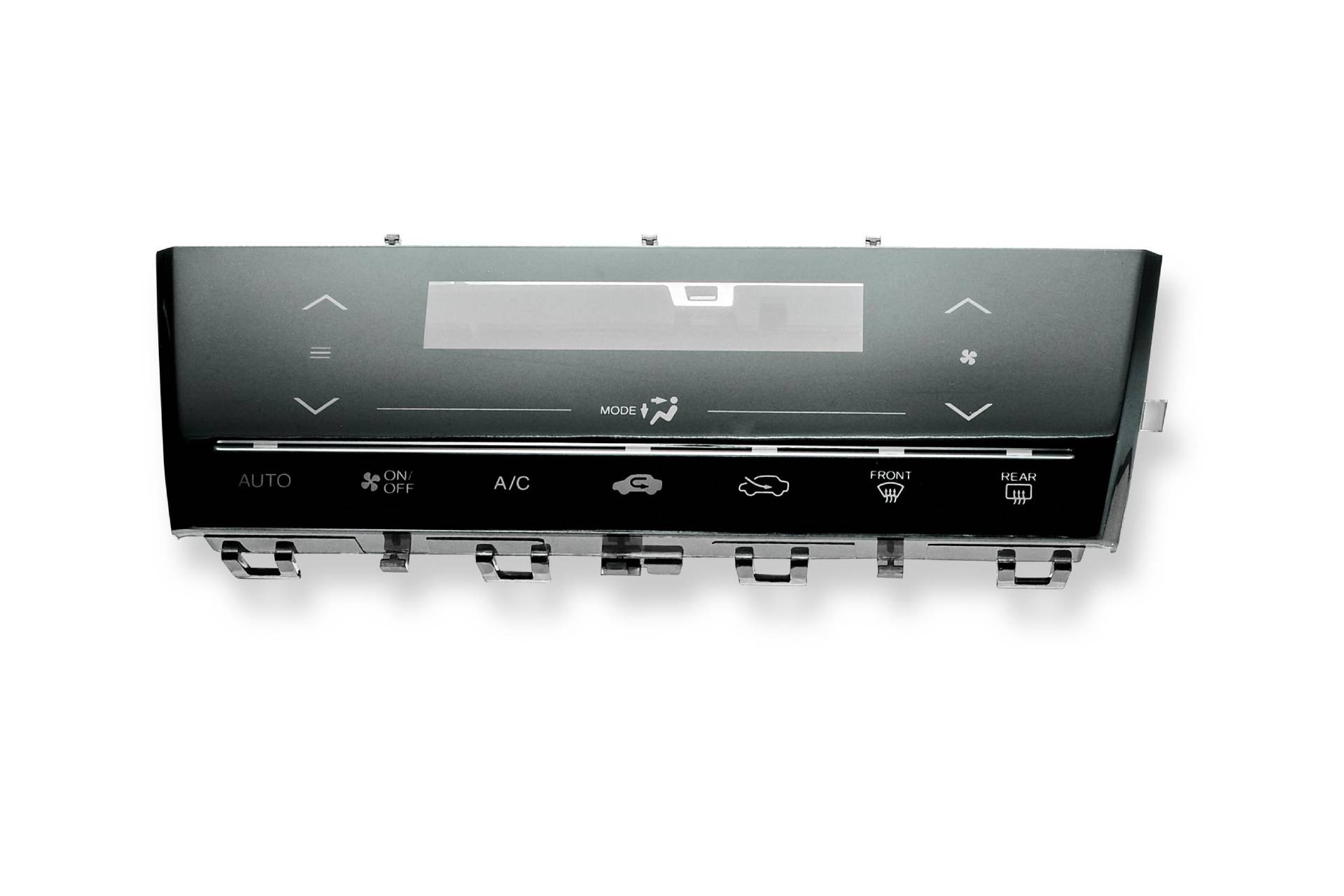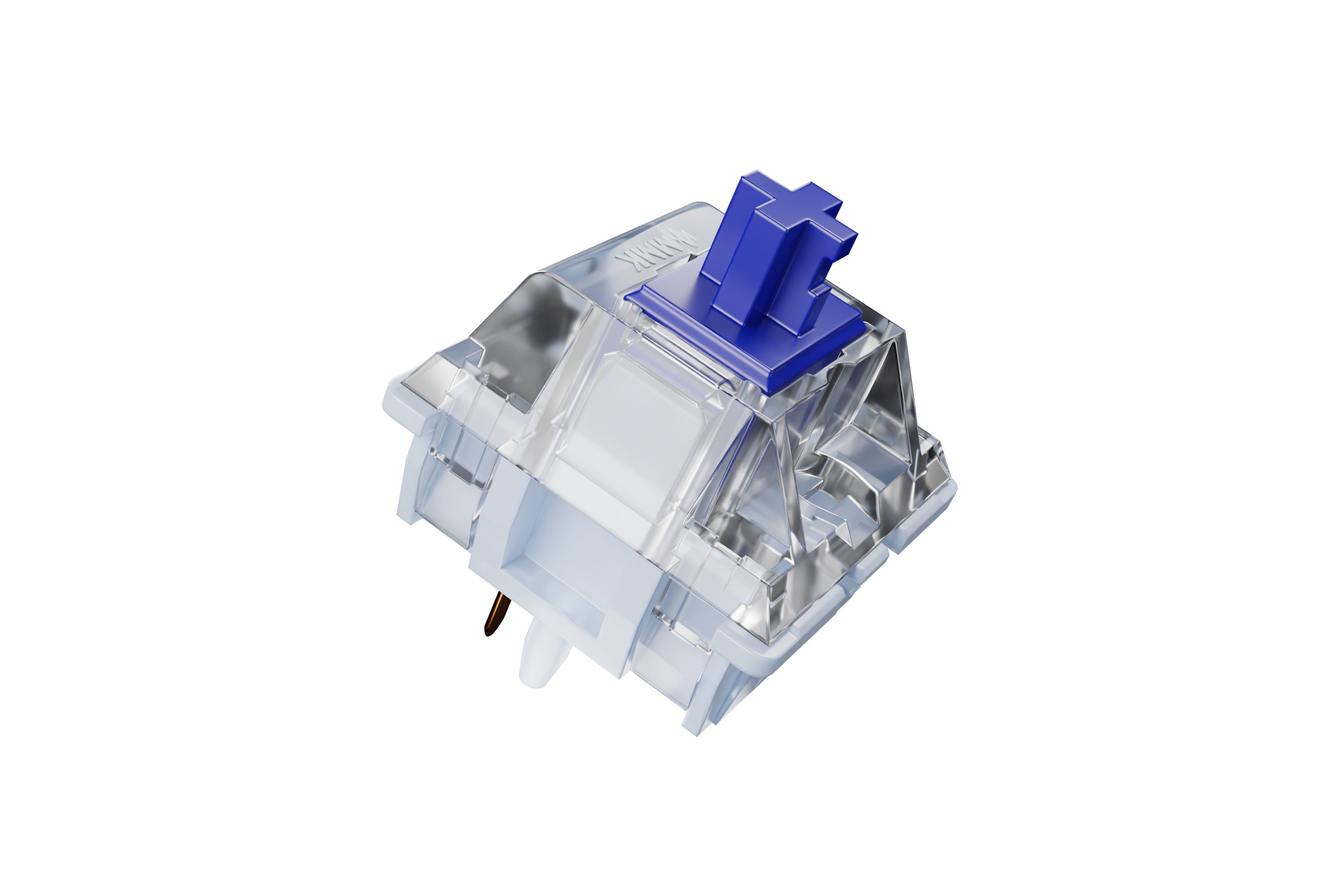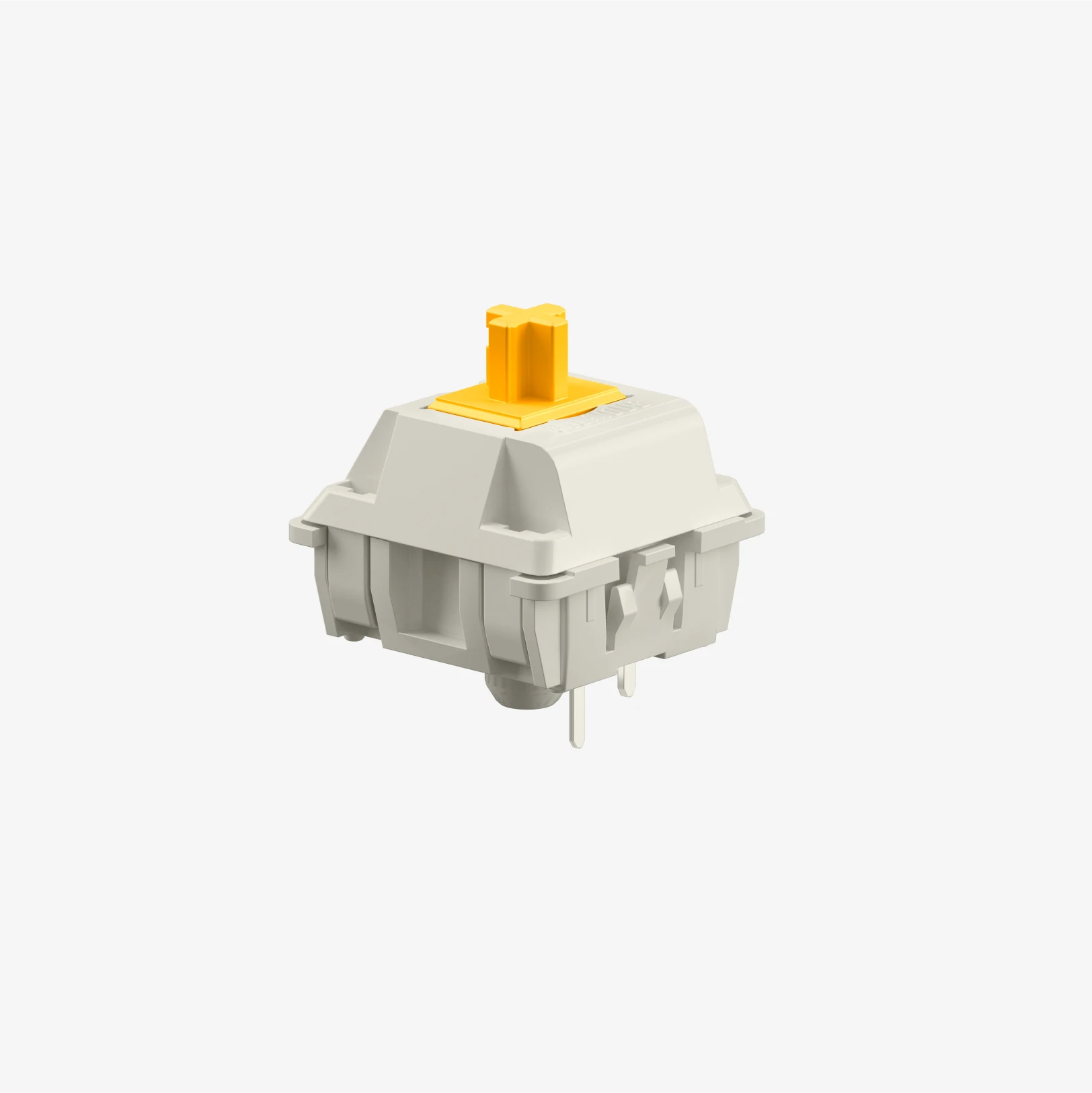Keyboard modding enthusiasts often seek out high-quality tactile switches for more precise keystrokes.
Discovering the Benefits of Tactile Switches Over for Your Following Project
Tactile buttons, identified by their visible feedback, are essential for improving user interactions in innovation. As sectors significantly focus on user-friendly interfaces, the adoption of tactile switches throughout various sectors-- from consumer electronic devices to industrial machinery-- values consideration.

Recognizing Tactile Changes: Just How They Function and Their Kinds

These buttons are offered in various kinds, including dome, fallen leave, and pill. Dome switches over, which utilize a rubber dome to provide resistance, are prominent for their toughness and cost-effectiveness. Fallen leave switches, on the various other hand, feature a level, spring-like device that provides a sharper click. Tablet buttons are understood for their portable size and are frequently used in gadgets with area constraints. Each type supplies distinct tactical actions customized to specific application needs and user preferences.
The Duty of Tactile Comments in Customer Experience
User experience is dramatically boosted by tactile responses, which serves as an essential bridge between the gadget and its individual. Responsive switches, by their actual nature, supply a physical reaction to customer activities, verifying inputs with a recognizable feeling.
In the realm of access, responsive feedback plays a pivotal duty. It permits people with aesthetic impairments to engage confidently with different gadgets, from mobile phones to family devices. The unique physical sensation can connect much-needed details concerning operational states or input precision, thus boosting the general user interface and making innovation a lot more inclusive and easy to use. Hence, tactile comments is fundamental in creating intuitive and efficient user experiences.
Contrasting Tactile Changes With Other Types of Buttons
While responsive buttons provide conclusive responses that aids in availability and user confidence, it is crucial to check out how they compare to various other kinds of switches made use of in digital devices. Linear buttons, for instance, supply a smooth keystroke without the tactile bump, which can be preferable for tasks calling for rapid vital presses, such as pc gaming. They lack the unique responses that assists stop typing mistakes evident in responsive switches.
On the various other hand, clicky buttons, similar to tactile variations, provide audible navigate to this site feedback. They produce a louder click audio at the actuation factor which responsive switches do not. This noise can be pleasing yet may be disruptive in silent environments. Fairly, tactile buttons strike a balance in between the silent operation of straight switches and the noisy guarantee of clicky buttons, making them flexible for both loud and peaceful setups. This flexibility permits a broader variety of use cases without causing disruption.
Practical Applications of Tactile Changes in Numerous Tasks
Various modern-day electronics integrate tactile buttons due to their reputable responses and user-friendly interface. Consumer electronics like key-boards, remote controls, and video gaming controllers utilize responsive switches to boost the individual experience by giving immediate responsive responses upon actuation.
In addition, tactile buttons are discovered in numerous industrial applications. They are made use of in making tools panels and portable diagnostic tools where operators profit from clear operational feedback throughout machinery handling. Medical devices likewise make use of tactile buttons, adding to their security and efficiency. These buttons make it possible for health care specialists to operate tools quickly and with precision, essential in emergency situation and medical settings. Thus, tactile switches verify indispensable across a wide spectrum of fields, offering both performance and dependability.
Tips for Choosing and Integrating Tactile Switches Over in Your Designs
When choosing tactile buttons for various design jobs, it is important to think about several essential factors to ensure optimal performance and assimilation. First, examine the force needed for actuation and the switch's life span. Designers need to match these specifications with the application's needs to avoid premature failure or customer pain - tactile switches. Next off, take into consideration the dimension and impact of the switch. Small layouts might necessitate smaller sized switches, which could influence the responsive feedback and resilience.
For projects revealed to moisture or dust, picking switches with higher IP ratings to endure such components is suggested. Utilizing buttons with pre-soldered leads or those that use Recommended Reading clear soldering standards can streamline the assembly process, making sure a trusted and reliable combination into read the article the last product.
Conclusion
